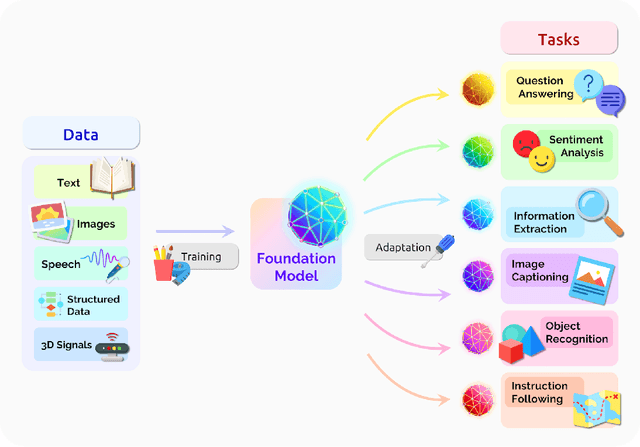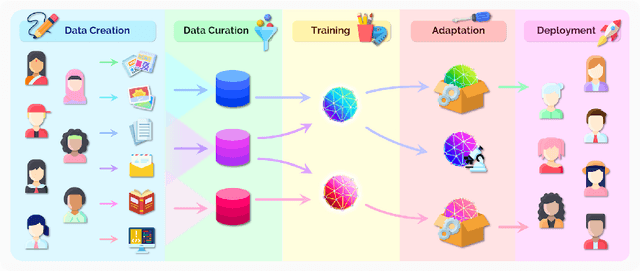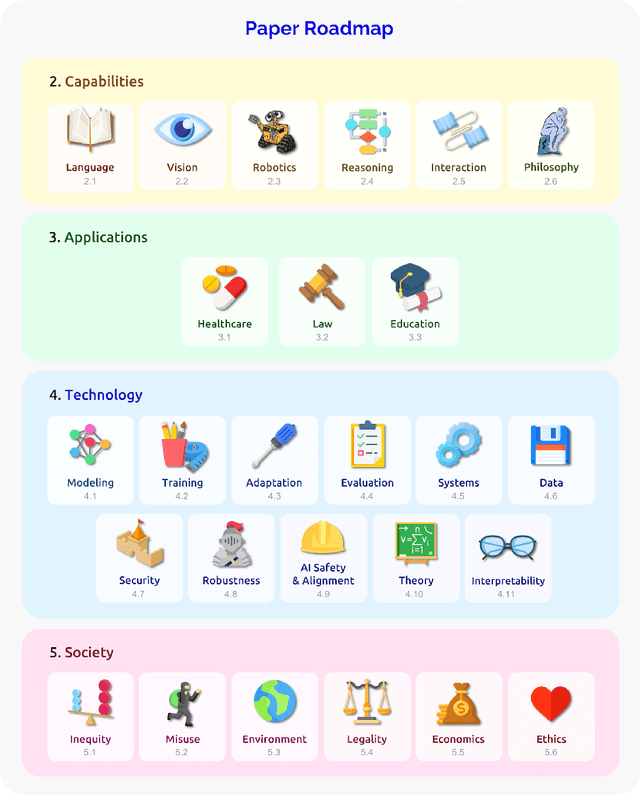Camilo Ruiz
Enabling tabular deep learning when $d \gg n$ with an auxiliary knowledge graph
Jun 07, 2023Abstract:Machine learning models exhibit strong performance on datasets with abundant labeled samples. However, for tabular datasets with extremely high $d$-dimensional features but limited $n$ samples (i.e. $d \gg n$), machine learning models struggle to achieve strong performance due to the risk of overfitting. Here, our key insight is that there is often abundant, auxiliary domain information describing input features which can be structured as a heterogeneous knowledge graph (KG). We propose PLATO, a method that achieves strong performance on tabular data with $d \gg n$ by using an auxiliary KG describing input features to regularize a multilayer perceptron (MLP). In PLATO, each input feature corresponds to a node in the auxiliary KG. In the MLP's first layer, each input feature also corresponds to a weight vector. PLATO is based on the inductive bias that two input features corresponding to similar nodes in the auxiliary KG should have similar weight vectors in the MLP's first layer. PLATO captures this inductive bias by inferring the weight vector for each input feature from its corresponding node in the KG via a trainable message-passing function. Across 6 $d \gg n$ datasets, PLATO outperforms 13 state-of-the-art baselines by up to 10.19%.
On the Opportunities and Risks of Foundation Models
Aug 18, 2021



Abstract:AI is undergoing a paradigm shift with the rise of models (e.g., BERT, DALL-E, GPT-3) that are trained on broad data at scale and are adaptable to a wide range of downstream tasks. We call these models foundation models to underscore their critically central yet incomplete character. This report provides a thorough account of the opportunities and risks of foundation models, ranging from their capabilities (e.g., language, vision, robotics, reasoning, human interaction) and technical principles(e.g., model architectures, training procedures, data, systems, security, evaluation, theory) to their applications (e.g., law, healthcare, education) and societal impact (e.g., inequity, misuse, economic and environmental impact, legal and ethical considerations). Though foundation models are based on standard deep learning and transfer learning, their scale results in new emergent capabilities,and their effectiveness across so many tasks incentivizes homogenization. Homogenization provides powerful leverage but demands caution, as the defects of the foundation model are inherited by all the adapted models downstream. Despite the impending widespread deployment of foundation models, we currently lack a clear understanding of how they work, when they fail, and what they are even capable of due to their emergent properties. To tackle these questions, we believe much of the critical research on foundation models will require deep interdisciplinary collaboration commensurate with their fundamentally sociotechnical nature.
 Add to Chrome
Add to Chrome Add to Firefox
Add to Firefox Add to Edge
Add to Edge